by Abbie Walker
One of my favorite areas of the Lemuria store is the Southern fiction section. Nestled in a corner of the fiction room behind a bust of Eudora Welty, this part of the store is one I love to explore. From Rick Bass to Alice Walker, and everyone in between, the shelves are filled with some of the best writers that speak to my southern spirit. So when I came across Margaret Eby’s South Toward Home, I was instantly intrigued.
South Toward Home, whose title is a play off Willie Morris’ North Toward Home, is a literary road map of the South. From Oxford and Jackson to New Orleans and Gainesville, Eby takes you on a tour of some sites with famous southern author connections. Eudora Welty’s garden, William Faulkner’s liquor cabinet, and John Kennedy Toole’s hot-dog carts are just a few of the places covered. Eby does an excellent job of describing each setting, drawing upon text from the authors’ works to show if and how their surroundings influenced their writing.
I love how Eby was able to tie her personal travel journey into her literary discoveries. She expertly planted me in a place by describing how it looked in the present, while also weaving in quotes from the author to create a rich history of the landmark. I enjoyed getting to travel to places near and far with Eby, in particular, Eudora Welty’s garden. I loved hearing Eby’s take on this local treasure. I learned more about the authors I’ve read and got to know the ones I’m not that familiar with. Eby’s research, as well as her own reading experiences, made me want to read more of not just the authors she mentioned, but also more southern writers in general.
I especially appreciated how Eby compared these landmarks. She discussed how one writer’s house may have been turned into a museum, while another was torn down. Some towns proudly use an author’s spot as a tourist attraction, while others are hesitant to acknowledge its existence. It was interesting to see how certain places have changed over the years and how the community has responded to them.
 One of my favorite chapters of Eby’s journey was the one about Flannery O’Connor’s peacocks. It was entertaining to read about her house in Georgia where she raised all sorts of birds and where her peacocks still roam today. Having background information about O’Connor and the other southerners mentioned gives me a better understanding of their writing and what inspired them.
One of my favorite chapters of Eby’s journey was the one about Flannery O’Connor’s peacocks. It was entertaining to read about her house in Georgia where she raised all sorts of birds and where her peacocks still roam today. Having background information about O’Connor and the other southerners mentioned gives me a better understanding of their writing and what inspired them.
Whether you’re new to Southern fiction or a long-term reader of those below the Mason-Dixon, Eby’s road trip will inspire a literary pilgrimage of your own.

Lemuria also has a very limited number of signed first editions of South Toward Home available here.



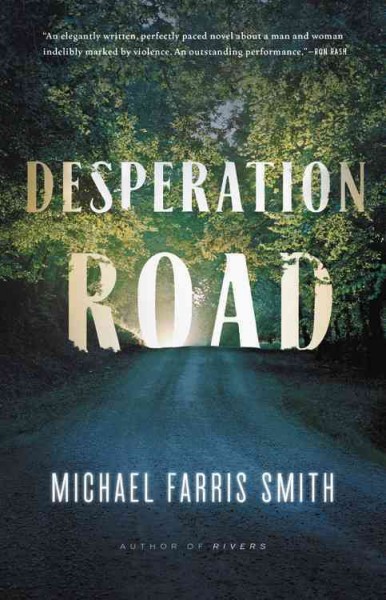 The story carries forth the story of the woman–Maben–and her daughter, Annalee, from the harshness of the sun to the darkness of the night. As a reader, you feel like you’ve experienced so much by the time the alternate protagonist, Russell Gaines, even enters the novel.
The story carries forth the story of the woman–Maben–and her daughter, Annalee, from the harshness of the sun to the darkness of the night. As a reader, you feel like you’ve experienced so much by the time the alternate protagonist, Russell Gaines, even enters the novel.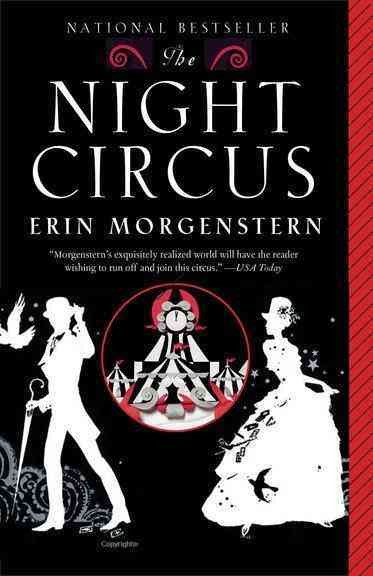
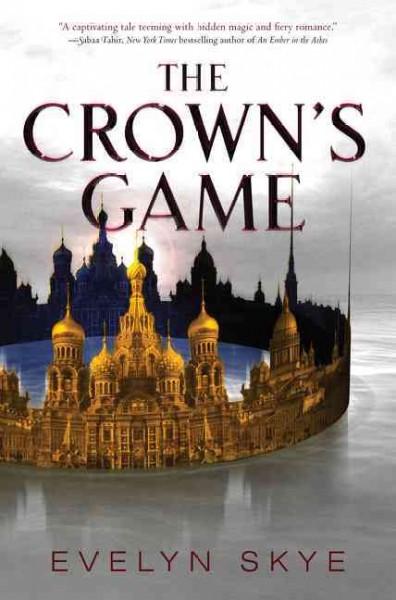
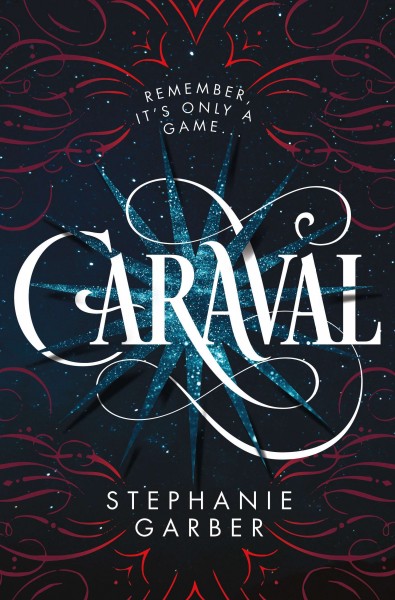
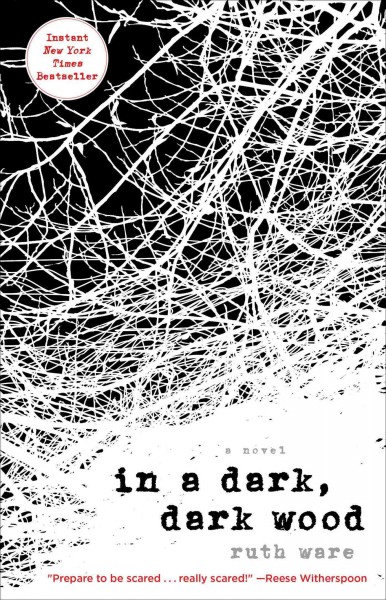 So, I have never been much of a mystery reader, but right now I can’t get enough of them. I credit Ruth Ware for this trend in my reading as of late. A customer came in wanting Ware’s first book, the 2015 mystery
So, I have never been much of a mystery reader, but right now I can’t get enough of them. I credit Ruth Ware for this trend in my reading as of late. A customer came in wanting Ware’s first book, the 2015 mystery  (And for those of you that don’t know what a “hen” is, that is what British people call a bachelorette party. Technically it is a “Hen Do.”)
(And for those of you that don’t know what a “hen” is, that is what British people call a bachelorette party. Technically it is a “Hen Do.”)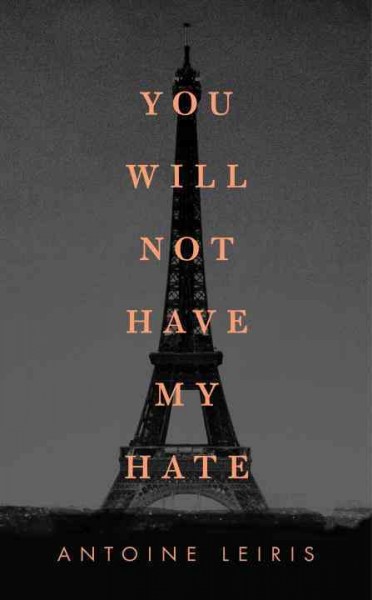
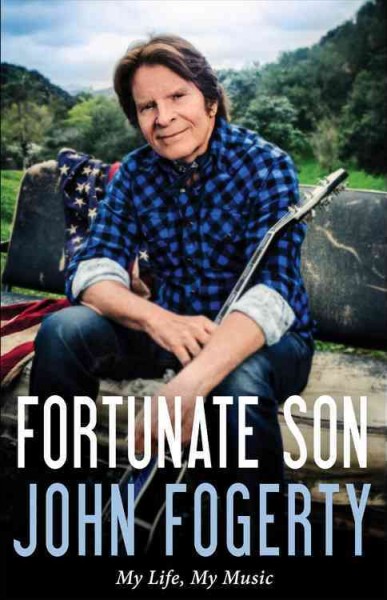 I was excited when signed copies of John Fogerty’s biography
I was excited when signed copies of John Fogerty’s biography 
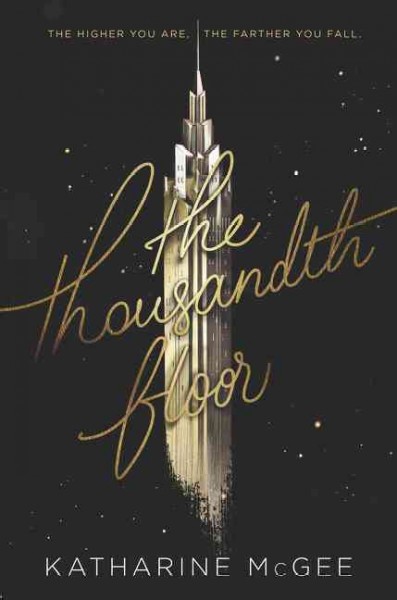 ee is an impressive debut that I’m excited to see be made into a series.
ee is an impressive debut that I’m excited to see be made into a series.
 If you are a long-time subscriber to Domino magazine or even if you’ve never heard of it but you love decorating, this book is for you people. Domino magazine comes out quarterly and when I see it on the news stand, I basically squeal. Then I will go home to start looking through it, loving every second but also hating it. Sometimes I have to close the magazine because every house featured is so perfect I can barely cope with it. But, make no mistake, I finish the magazine and then refuse to throw it away.
If you are a long-time subscriber to Domino magazine or even if you’ve never heard of it but you love decorating, this book is for you people. Domino magazine comes out quarterly and when I see it on the news stand, I basically squeal. Then I will go home to start looking through it, loving every second but also hating it. Sometimes I have to close the magazine because every house featured is so perfect I can barely cope with it. But, make no mistake, I finish the magazine and then refuse to throw it away. mention this is their SECOND book! Their first book,
mention this is their SECOND book! Their first book,  As for the new book: first of all, just the physical book itself is so pretty that I want to scream. But it also has incredible content inside, broken down into navigable chapters such as “seating,” “walls,” “art,” “flooring,” etc. Every chapter is broken down further into sections like “Walls We Love,” “Handbook,” “Style Statement,” and “Style School.” There are so many helpful things in this book that I have a hard time knowing where to start, but I will say that the Style Statements at the end of every chapter almost send me into orbit because the designs are so incredible but all so different. There really is something for everyone. Then there are also the Style Standoffs at the end of each chapter, focusing on things such as Large Patterns vs. Small Patterns.
As for the new book: first of all, just the physical book itself is so pretty that I want to scream. But it also has incredible content inside, broken down into navigable chapters such as “seating,” “walls,” “art,” “flooring,” etc. Every chapter is broken down further into sections like “Walls We Love,” “Handbook,” “Style Statement,” and “Style School.” There are so many helpful things in this book that I have a hard time knowing where to start, but I will say that the Style Statements at the end of every chapter almost send me into orbit because the designs are so incredible but all so different. There really is something for everyone. Then there are also the Style Standoffs at the end of each chapter, focusing on things such as Large Patterns vs. Small Patterns.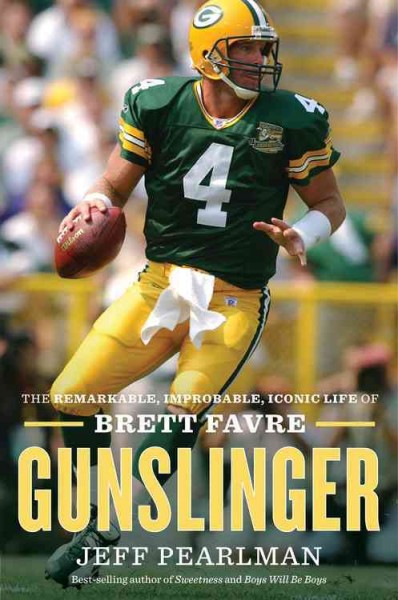 Sweetness and the uproarious, unbelievable 90s Dallas Cowboys tell-all Boys Will Be Boys. Biographies are at their best when the writers get themselves out of the way, which Pearlman does, although he still leaves an impression with his skill and versatility. So, when I heard this fall he was releasing
Sweetness and the uproarious, unbelievable 90s Dallas Cowboys tell-all Boys Will Be Boys. Biographies are at their best when the writers get themselves out of the way, which Pearlman does, although he still leaves an impression with his skill and versatility. So, when I heard this fall he was releasing 

